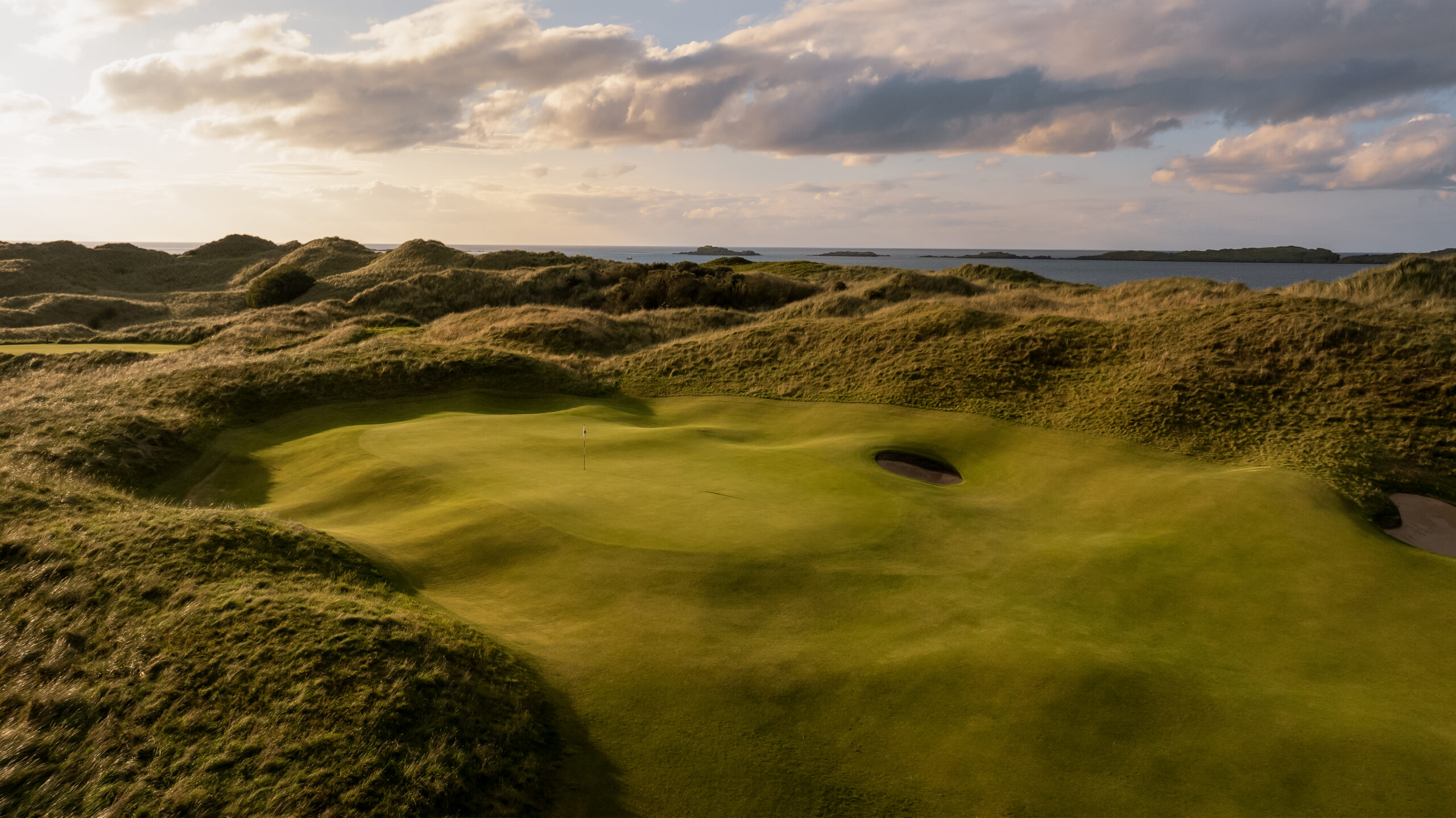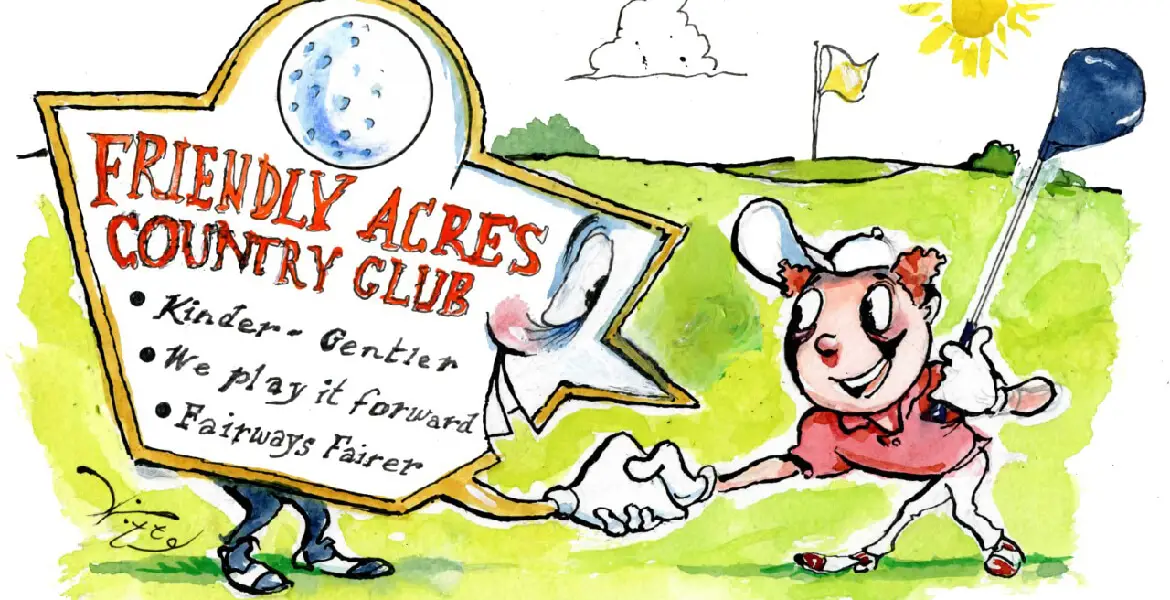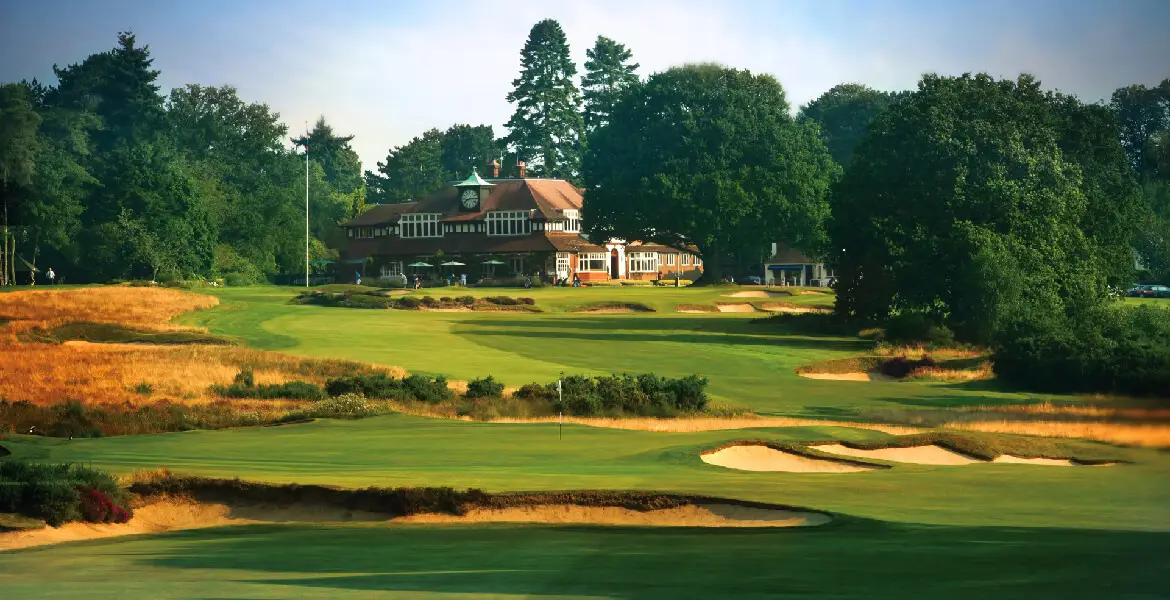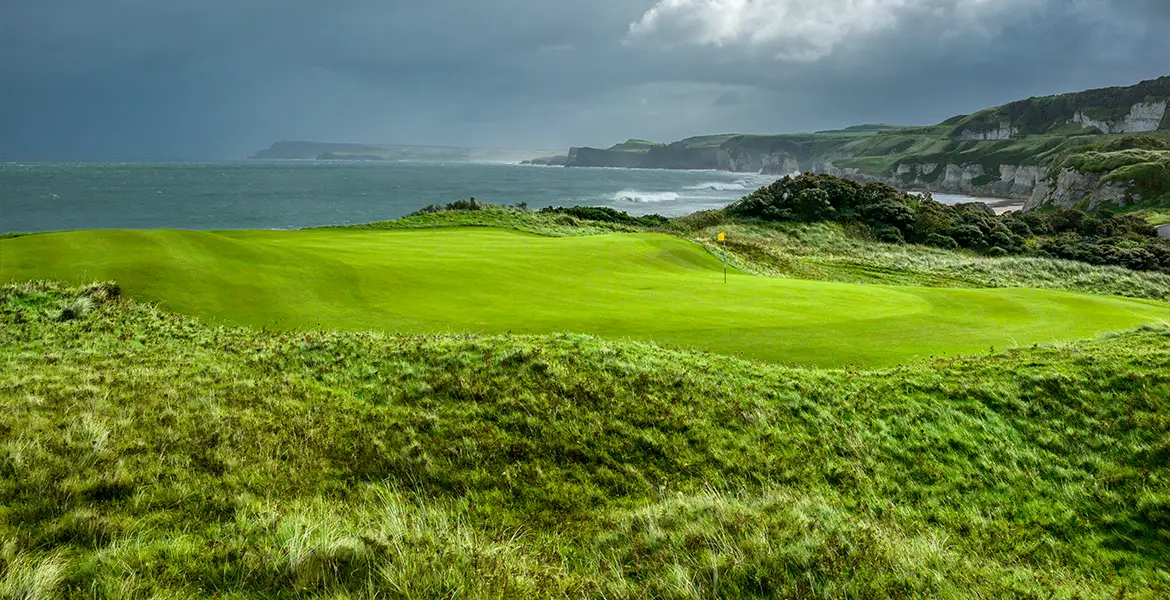Once a year, at the Open Championship, we are treated to competition at the highest level on the game’s most pure and authentic playground
Every July, for as long as anyone alive can remember, the eyes of the world’s golf-playing population turn to one or another of a few precious strips of rugged linksland over which the Open will be fought through corridors forged by the ages.
Of course, these courses do change over time, but as with the slowly unfolding dunes in which these hallowed greens and flapping silks reside, it is very much evolution, not revolution. Architects and committees play a role, of course, but they come and go along with the players themselves. The real pioneering force here is geological time; Mother Nature the signature artist.
Many art forms have a distilled version, a concentrate that houses the very essence of the craft. The poet may covet the cadence of the sonnet, or the even more exacting constraints of the haiku. Or consider the concert pianist, basking in the quiet, soothing balm of a nocturne, where a composer can drill into a singular mood. Claude Debussy described music as that which occurs “in the space between the notes,” and if—when such things are divested of clutter—the core emerges, then today’s thesis is that the Open is where we can best observe golf’s most concentrated, authentic form in play.

Hiding in plain sight between the fabled landmarks of Open history—such as the Postage Stamp, or the Road Hole bunker, or Calamity herself—are gentle breaks and shallow falls. It is in these areas that the Champion Golfer of the Year must excel, expressing themselves and their understanding of the old game in between the parameters of staked or revetted boundaries.
As the haiku forces a poetic precision, the insistence of the great links on the stark fundamentals can be unsettling to the newcomer, if not downright punitive of the great Tom Watson, bemused on his arrival in Scotland by the bizarre bounces and the apparent indifference of this form of the game, but soon beguiled by it to the extent of lifting the Claret Jug not only on his Open debut in the wind at Carnoustie, but a further four times in eight subsequent years. Watson maintained his composure through the varied conditions of Opens at Turnberry, Muirfield, Royal Troon, and Royal Birkdale, thereby joining a select group of champions to have claimed a handful of golf’s most historic title.
Another master of economy, Ernest Hemingway, talked of his “iceberg theory” of writing, where deeper meaning is left to lurk beneath apparent—though hard-fought—simplicity. Many a first-timer at the Open must have gazed out across the venue, particularly the Old Course at St. Andrews, where landmarks are few and far between heading out, confused by the seeming lack of structure to the challenge. But zoom in a little closer and her complexity—as with that of her companion Open venues and myriad works of art—starts to reveal itself, bit by bit, hole by hole, brushstroke by brushstroke, note by note, word by word. The competitor must achieve a more profound understanding of both the stretched fabric over which the challenge is set and their own powers of invention to thrive in such galleries.
Though it can be dry and hot in July here—think of Turnberry in 1977 or Royal Liverpool in 2006, which in both cases only served to enhance the natural qualities of the seaside turf—anyone attending an Open might do well to dress for a range of weather, often arriving at a moment’s notice.
Just as the strictest haiku often includes a seasonal reference somewhere (known as a “kigo,” binding the poet’s own message within the timeless rhythms of the natural cycles), so most Opens play host to a variety of changing conditions, even anchored as they are these days in the British summer. Start times will have an influence as the wind often picks up in the afternoon, sometimes dragging along rain clouds, and shot and club selection become a far more complex affair than simple yardages.
The links require players to read not only the ground conditions but also the atmospheric circumstances as they arrive. Watson called this additional requirement the “meteorologist’s eye,” a skill not often required in the manufactured golfing amphitheaters of Arizona or Dubai. The course conditions out on the links will vary from hour to hour, yet these classic golf courses retain a degree of continuity over the long term that renders them less vulnerable to the whims of fashion. The enduring, evolving challenge is in the ground game, the exposed nature of the land, and the demands of the great outdoors itself.
Almost a century ago, the German-born philosopher Walter Benjamin wrote of the way that mass cloning of artworks in what he called “the age of mechanical reproduction” served to strip compositions of their originality and their integrity. In doing so—as recordings of great performances and images of unique carvings proliferated across the world—what he called the “aura” of the primary work was diminished. Duplications lack the underlying spirit of the archetypal version, he argued, but I believe that the creative spark of early golf remains intact through the whins of these coastal cathedrals.
As the world around us accelerates into technology and convenience, hard-wiring us and the heroes we watch for instant gratification, links golf persists as a sort of deliberate and precious counterpoint, a reminder of the deep value in embracing rather than avoiding nature’s challenges and her wisdom. The times in which we live are of course reflected in the modern Open: busy hospitality tents and enormous merchandise stalls. But if we look beyond all that, and inside the ropes of this ambient symphony of a tournament, the same old challenges are being fought and the game is immeasurably richer for the persistence of this small staple of links in the diet of the professional.
Elsewhere, the juggernaut of the PGA Tour rumbles through manufactured courses and stadium venues. But on the sparse terrain of Carnoustie and Lytham, Hoylake and Sandwich, it is the shots themselves that must be manufactured, hewn from the player’s imagination as the courses are sculpted by the winds at the margin of land and sea. Bundling chips that snake through dry hollows; punched approaches that sneak under the breeze. It screams of authenticity over artifice; artistry above automation.
Benjamin’s “aura” remains intact through the silent dells and the sandy hillocks of the links, and so it is right that we—combatant and spectator alike—must perform a pilgrimage of sorts to witness this particular art form expressed anew each time. Facsimiles of the masterworks of every genre are available to us all in the palm of our hand, but to immerse oneself in what he called the “cult value” of a David or a Starry Night, we must transport ourselves to Florence or Manhattan, so it seems appropriate that we should board trains to quiet coastal outreaches to explore the golfing equivalents of these priceless heirlooms. Links golf is an artistic ritual, and such journeys permit us to walk in the footsteps of the greats as history slowly blows across the salty vegetation of the game’s primordial canvas.
And so it is that this magnificent festival of all that is sacred about links golf returns once more to Royal Portrush, a course that might have had a dozen of these Opens by now, rather than just two, if such decisions were based on elegance alone. By the time the Claret Jug is kissed and hoisted in the no doubt fresh air of Country Antrim, the winner will have conquered Himalayas and evaded the Giant’s Grave. He’ll have mastered Dunluce and probably survived a dose or two of Purgatory. But he’ll also have come to terms with a simpler version of the game, and an ongoing dialogue with nature, sculpting a winning total from the blank pages of 72 holes.
His name will then be etched on the base of that old silver trophy and in golf’s finest ledger for all eternity, but, my goodness, he’ll have earned it. He’ll have mastered golf’s own, annual purification process. On the links, where it all began, and where the game returns as an art form, time and again, to whisper its secrets.






On the eve of the Open, what a wonderful perspective on links golf & the tournament’s courses. Golf in the Kingdom is truly an enlightening experience….
Another superbly written masterpiece Richard.